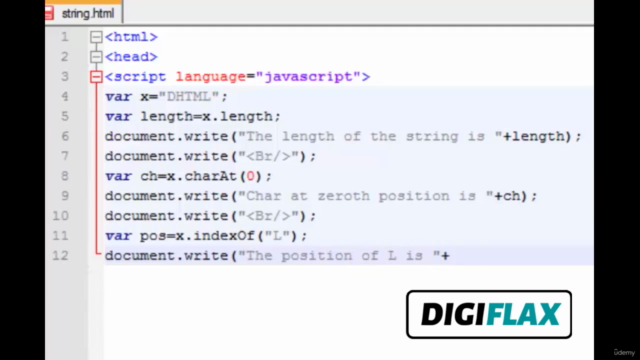Dynamic HTML - Combination of HTML, JavaScript and CSS
Create Interactive and Animated Websites by using DHTML
4.15 (53 reviews)

5,724
students
1 hour
content
Sep 2021
last update
$19.99
regular price
What you will learn
Visual Effects
Dynamic Content
Navigation and Styling
Numbers, Date, Array, Object, Function, Frame, Form and many more..
Screenshots




Related Topics
4284210
udemy ID
9/6/2021
course created date
9/9/2021
course indexed date
Bot
course submited by